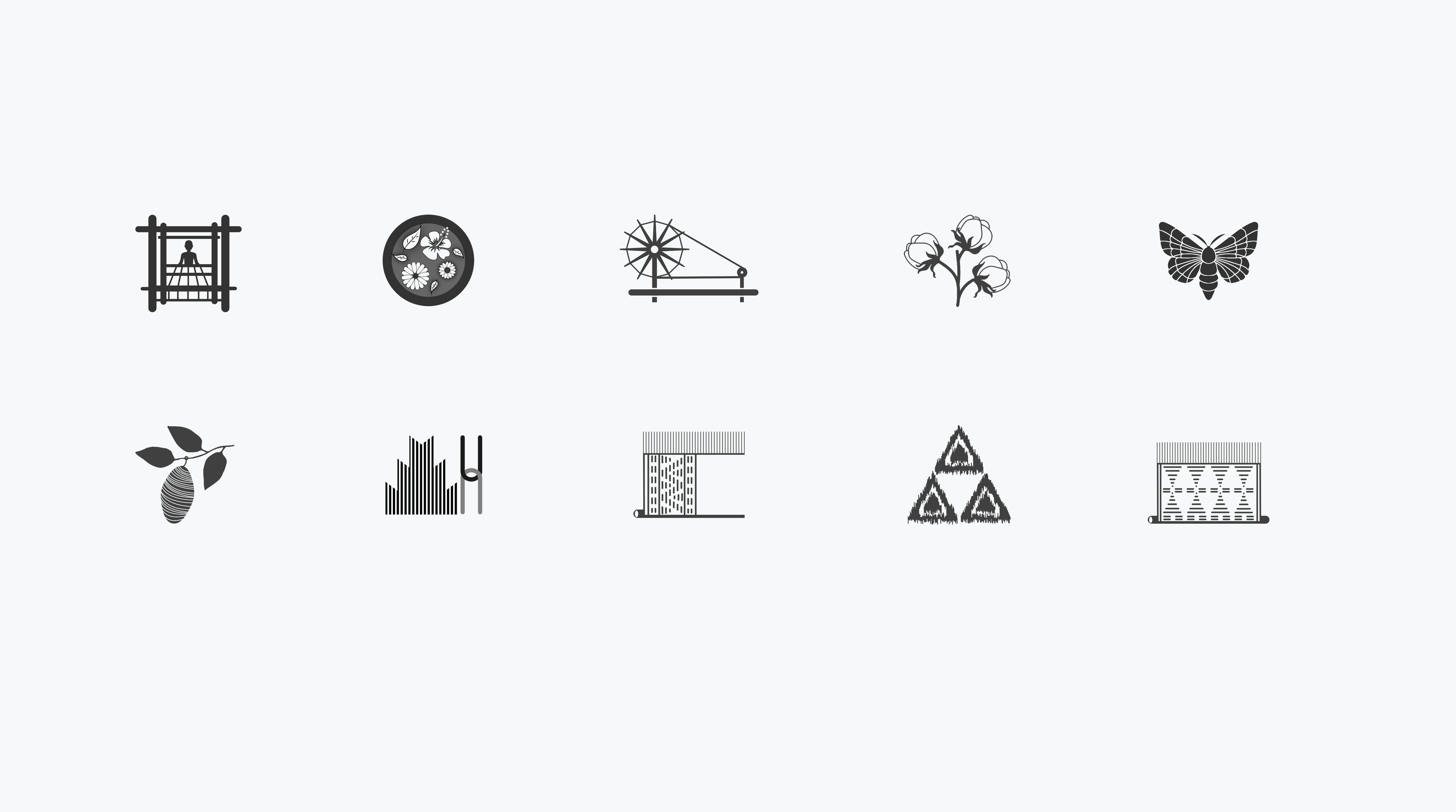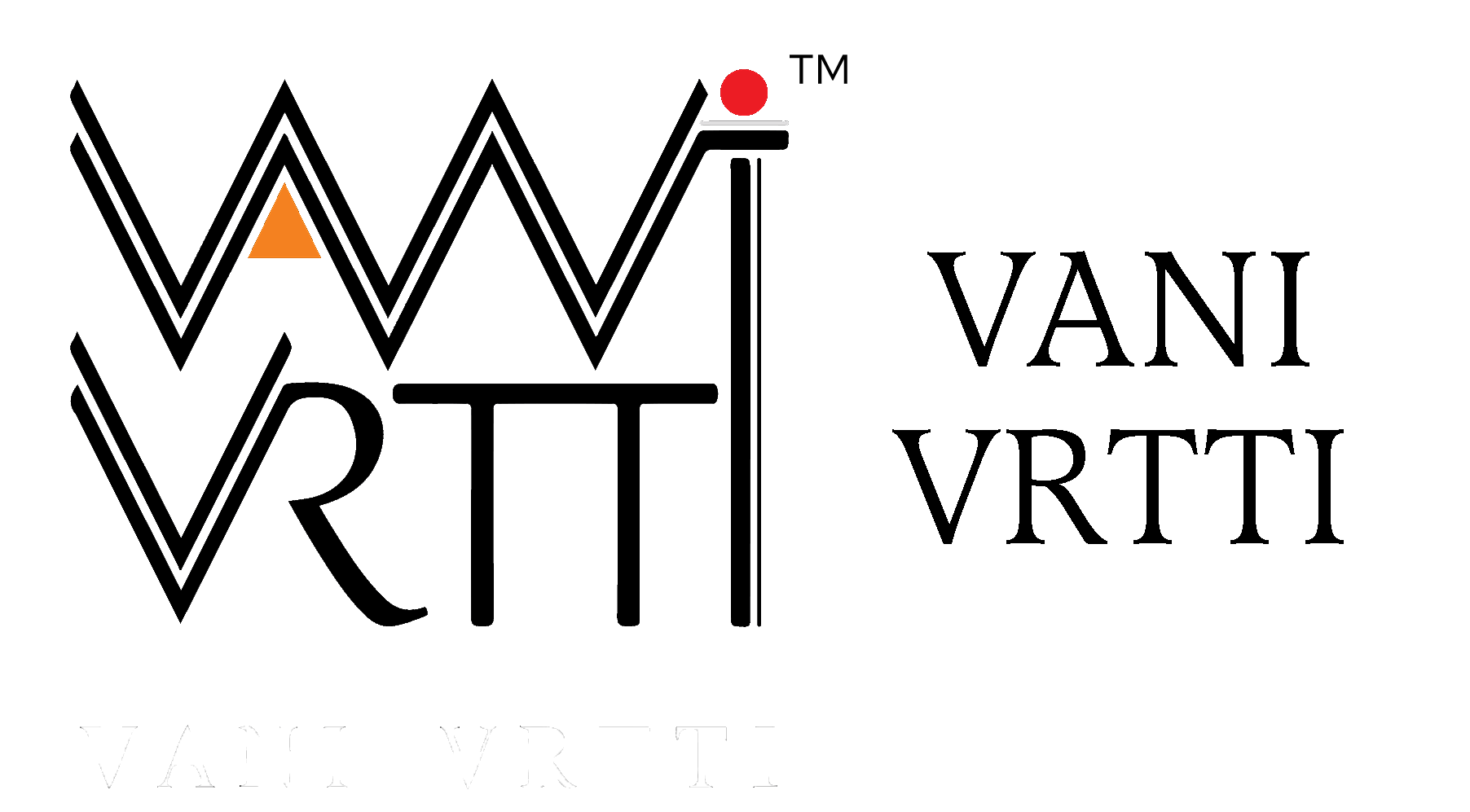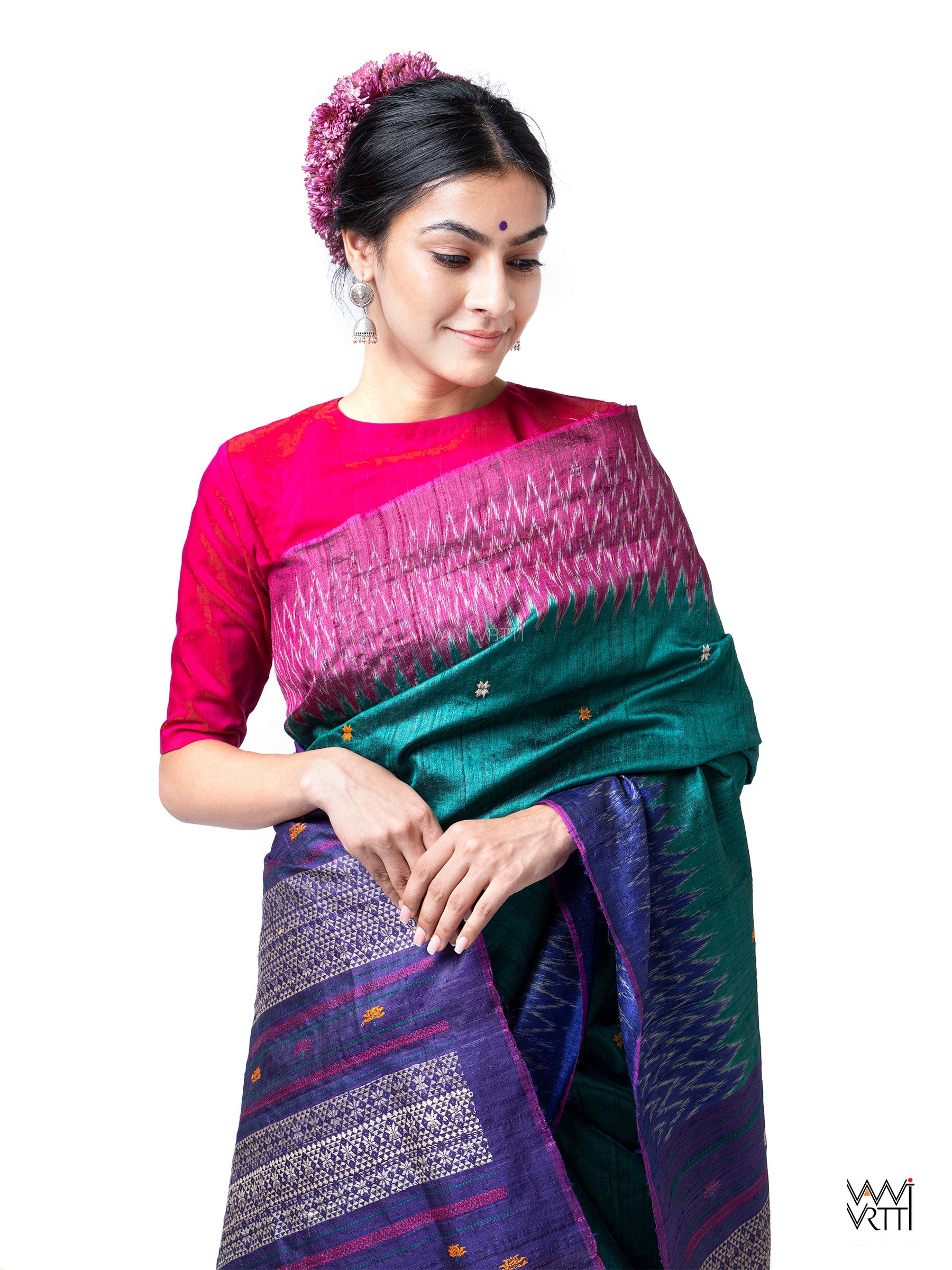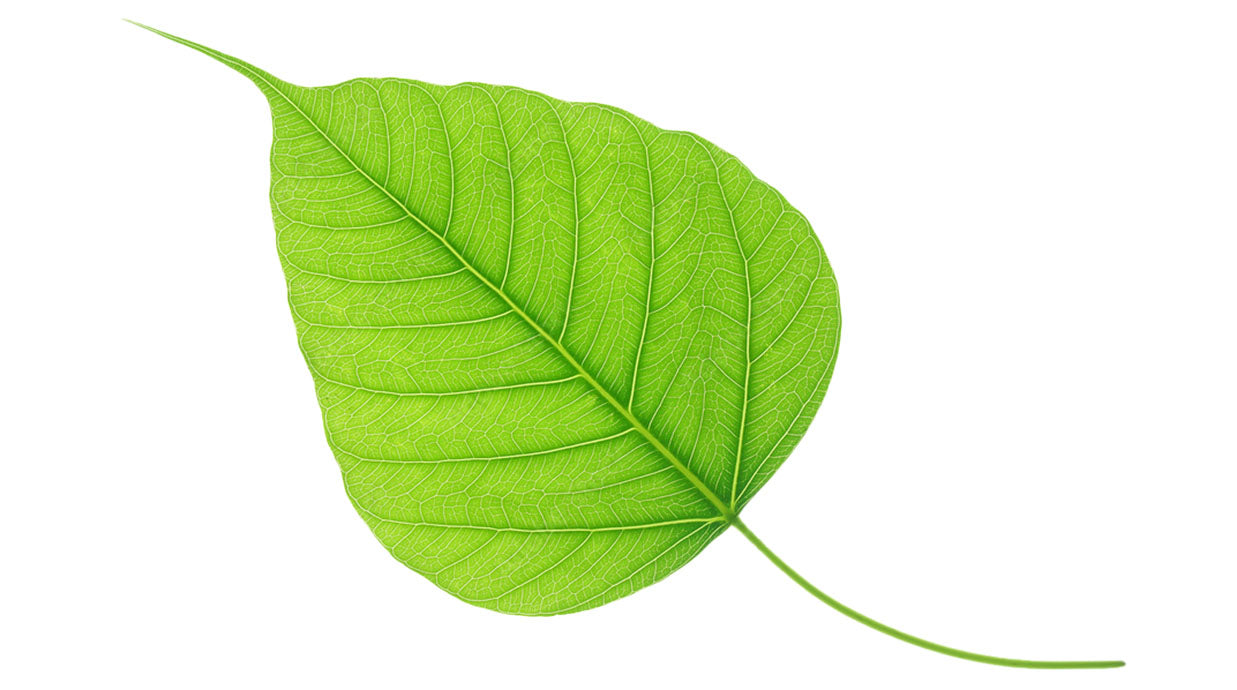Article: Vani Vrtti Standards

Vani Vrtti Standards

HANDLOOM:
A handloom is a wooden structure arranged in a form where warp yarns (vertical threads) and weft yarns (horizontal threads) interlace with each other to weave a cloth. Handloom is fully operated by the human hand and there is no usage of electricity.

TUSSAR SILK:
Tussar Silk is produced by the larvae of several species of silkworms like Antheraea Mylitta, Antheraca Proylei, Antheraea Pernyi and Antheraca Yamamai. The silkworms of these species are found mostly in the wild forest, breeding on local trees like Sal, Arjun, Saja and Oak, that is why they are also called as 'Wild Silk’. The cocoons which are collected are single-shelled and oval in shape. The cocoons are boiled to extract the silk yarn from it. Boiling is indeed a very important part of the manufacturing of silk as it softens the cocoon and makes the extraction of silk easier. In conventional sericulture, the cocoons are boiled with the larvae still inside, however, if the cocoons are boiled after the larvae have left them, the silk made is then called by 'Non-Violent Silk' or 'Ahimsa Silk'.
Tussar Silk's special characteristics are its rich texture, natural deep gold colour and matte in appearance.

MULBERRY SILK:
Mulberry silk comes from the silkworm, Bombyx mori L. which solely feeds on the leaves of the mulberry plant. These silkworms are completely domesticated and reared indoors as it needs a special temperature control. The cocoon is treated with boiling water. The silk is then unbound from the cocoon by softening the sericin and then delicately and carefully unwinding, or ‘reeling’ the filaments from 4 – 8 cocoons at once. Before usage, the hard silk goes through degumming process which removes the sericin, a sticky substance produced by the silkworm that holds the strands of silk together. Removing the gum improves the luster, color, hand, and texture of the silk.
Mulberry Silk's special characteristics are its fine even quality, softness, natural white or off-white colour and lustrous in appearance.
![]()
COTTON:
Cotton is a soft, fluffy staple fiber that grows in a boll, or protective case, around the seeds of the cotton plants of the genus Gossypium. A shrub inative to tropical and subtropical regions around the world, including the Americas, India, and Africa. The fiber most often is spun into yarn or thread and used to make a soft, breathable textile, which is the most widely used natural-fiber cloth in clothing today.

KHADI:
Khadi is termed to the cloth which is purely created from hand-spun yarns by hand weaving on a handloom.

IKAT:
Ikat is a dyeing technique used to pattern textiles that employ resist dyeing on the yarns prior to dyeing and weaving the fabric.
In ikat, the resist is formed by binding individual yarns or bundles of yarns with a tight wrapping applied in the desired pattern in a calculated manner. The yarns are then dyed. The bindings may then be altered to create a new pattern and the yarns dyed again with another colour. This process may be repeated multiple times to produce elaborate, multicoloured patterns. When the dyeing is finished all the bindings are removed and the yarns are woven into cloth. The special characteristics of ikat cloth are both front and backside of the fabric after weaving looks exactly the same as its resist yarn dye technique.

EXTRA WEFT / JALA:
Extra weft, also known as supplementary weft, is an extra set of threads that are woven into the weft between two regular weft threads to create an ornamental pattern in addition to the ground weave. To make a complicated extra weft pattern extra shafts (locally known as Jala) technique is used. The sections of the warp that will interact with the extra warp to create the pattern are set up on separate shafts to allow it to be woven independently from the ground cloth where required. The number of shafts needed depends on how complicated the pattern is going to be. Extra weft designs are mostly used to ornament the body and palla of a saree.

EXTRA WARP / DOBBY:
Extra warp, also known as supplementary warp, is where additional warp ends are inserted and used to create a decorative pattern mostly on the border of a saree. This extra warp is woven using separate shafts or dobby which is a special loom attachment, having small, geometric, frequently repeated woven-in designs to the ground cloth so that it can be woven independently to create the decorative pattern without interrupting the ground cloth weave.

WEFT INTERLOCKING / PHODA KUMBHA:
Weft interlocking is a technique used for creating seams of colour. In this technique, two weft yarns having different colours are interlocked or joined with each other using two or three shuttles while weaving every pick (weft thread), creating distinct solid colour pattern matching the warp colour. This technique is commonly known as Phoda Kumbha in Odisha.

NATURAL DYE:
Natural dyes are dyes or colorants derived from plants, invertebrates, minerals and other natural materials. The majority of natural dyes are vegetable dyes from plant sources like roots, berries, bark, leaves, and wood. The application of natural dyes on textiles can only be done on natural cellulosic and protein fibers. Natural fibers has less affinity towards nature dye due to its different molecular structure, so it requires different mordant treatments to prepare them for natural dyes. Natural dyes are nontoxic and nonallergic, they have antimicrobial properties and also provide higher UV absorption in the fabrics they are applied on.
Reference Website:
- https://www.britannica.com/
- https://creative-threads.co.uk/
- https://biofriendlyplanet.com/
- http://agritech.tnau.ac.in/
- https://www.wikipedia.org/



2 comments
Your designs are exceptionally beautifully. Would love to buy few of them.
Mrs Mukta Dutta
Dear Anupriya,
Congratulations for an amazing content and Thank you for making the various terms of the trade more understandable.
beside your great products, my affinity for your company stems from the fact that your roots are in
Koraput. I have a deep connection to the same having spent part of my childhood in Sunabeda and later after some years in Jeypore/ Kolab Nagar. I think that district is one of the most beautiful places on earth.
I made my first purchase today. it is a gift for my Aunt(Bada Mausi)on her 80th birthday. I am very excited.
Good Luck for your continued success.
Vasanta Mushunuri
Leave a comment
This site is protected by hCaptcha and the hCaptcha Privacy Policy and Terms of Service apply.